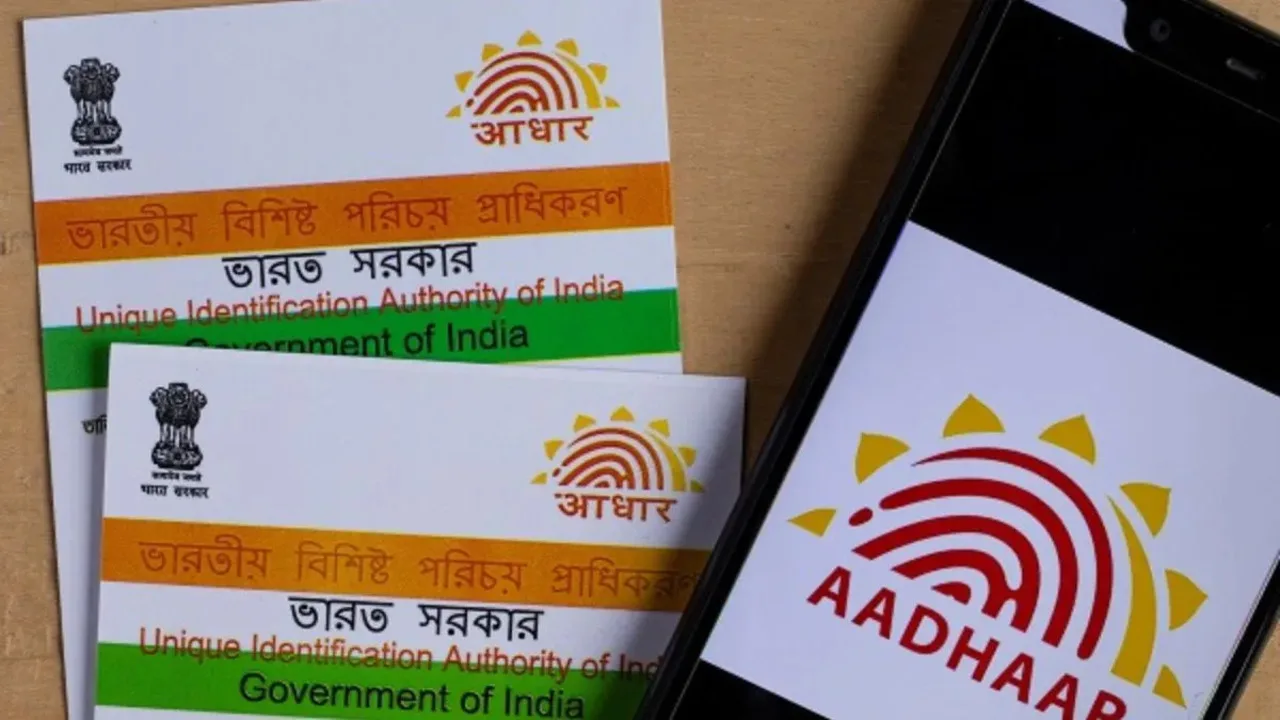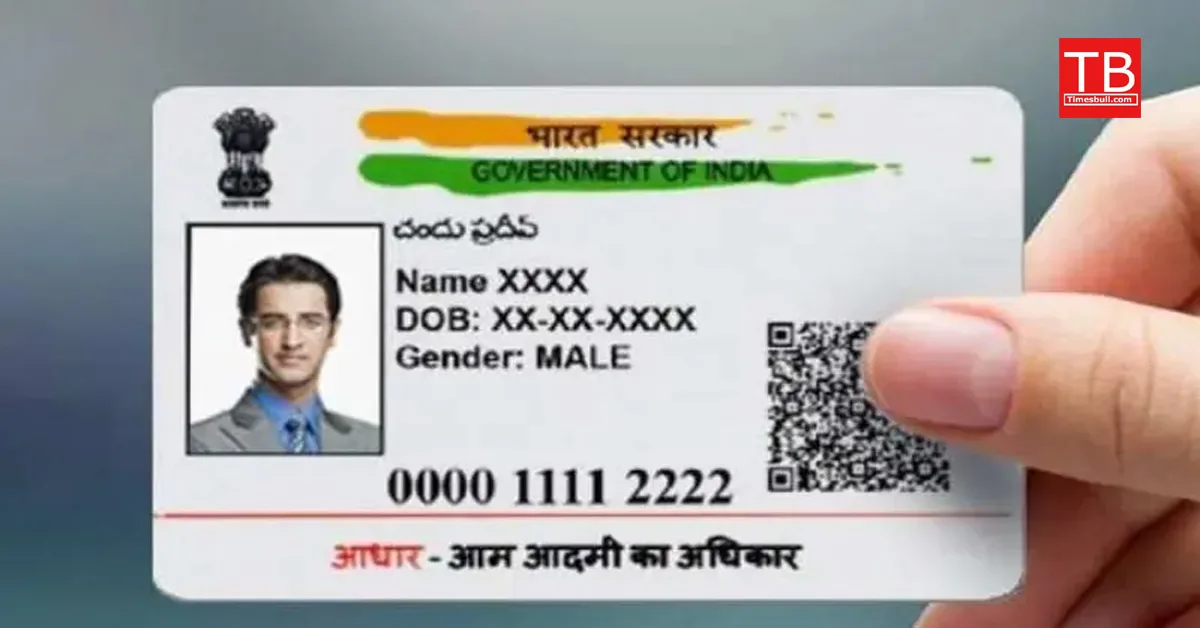Aadhaar card has become an important part of our life today. It is not only an identity card but is also required to avail of many government and private services. Recently, the Unique Identification Authority of India (UIDAI) has released some new rules and updates related to the Aadhaar card. These rules aim to make the Aadhaar system more secure, useful, and user-friendly.
In this article, we will learn in detail about 5 major new rules and updates related to the Aadhaar card. These rules are not only important for Aadhaar holders but will also help in strengthening the country’s digital identity system. Let’s understand these new rules and know how they can affect our daily lives.
Deadline extended
UIDAI has taken a big decision and extended the facility to update Aadhaar card information till September 14, 2024. This decision is especially beneficial for those whose Aadhaar cards are more than 10 years old.

Important Points-
Free update facility available till September 14, 2024
Especially beneficial for Aadhaar cards older than 10 years
After this period, a fee of ₹50 will be applicable for the update.
This facility provides a great opportunity for Aadhaar holders to keep their information up-to-date. This will not only maintain the accuracy of the Aadhaar database but will also make it easier for people to avail of various services.
Online Update Facility
UIDAI has introduced the online update facility for the convenience of Aadhaar holders. Now you can update your Aadhaar information from home.
Steps for online update-
Visit the official website of UIDAI.
Enter your 12-digit Aadhaar number.
Enter the OTP received on the registered mobile number.
Check the information in your profile.
Choose and upload the correct documents to update
Submit the update request.
This facility is especially beneficial for those who cannot visit the Aadhaar center for some reason. However, some updates like biometric information still require visiting an Aadhaar center.

Different forms for different categories
UIDAI has released new forms for Aadhaar enrolment and update. These forms have been designed keeping in mind the needs of different categories of people.
Information about the new forms
Form 1: For resident and non-resident Indians above 18 years of age
Form 2: For NRIs having addresses outside India
Form 3: For children aged 5 to 18 years (resident or NRI)
Form 4: For NRI children with foreign address
Form 5: For children below 5 years of age
Form 6: For NRI children below 5 years of age with a foreign address
Form 7: For resident foreign nationals above 18 years of age
Form 8: For resident foreign nationals below 18 years of age
Form 9: For cancellation of Aadhaar at the age of 18
These new forms make the process more systematic and user-friendly.
Update in 10 years
UIDAI has advised all Aadhaar holders to update their Aadhaar information every 10 years. This rule is important to maintain the accuracy and relevance of the Aadhaar database.
Benefits of updating in 10 years-
Accuracy of Aadhaar information is maintained.
It is easier to avail of government services
The risk of identity fraud is reduced.
The digital identity system has become stronger.
This rule is especially important for people who have had major changes in their lives, such as marriage, changing jobs, or moving to a new city.

Special rules for children
UIDAI has made some special rules for children’s Aadhaar cards. The most important of these is the mandatory update of biometric information at the age of 5 and 15 years.
Rules for children’s Aadhaar-
First biometric update at the age of 5
Second biometric update at the age of 15
Responsibility of the child’s parent or guardian
Services may be disrupted if not updated on time
These rules help keep the biometric information of children up to date as they grow up, thereby avoiding identity problems in the future.
